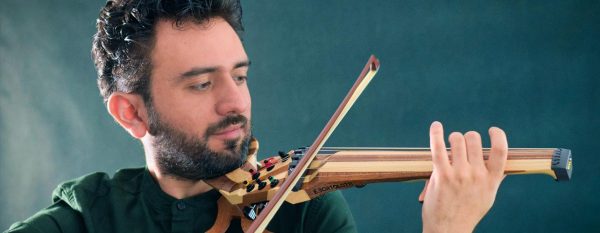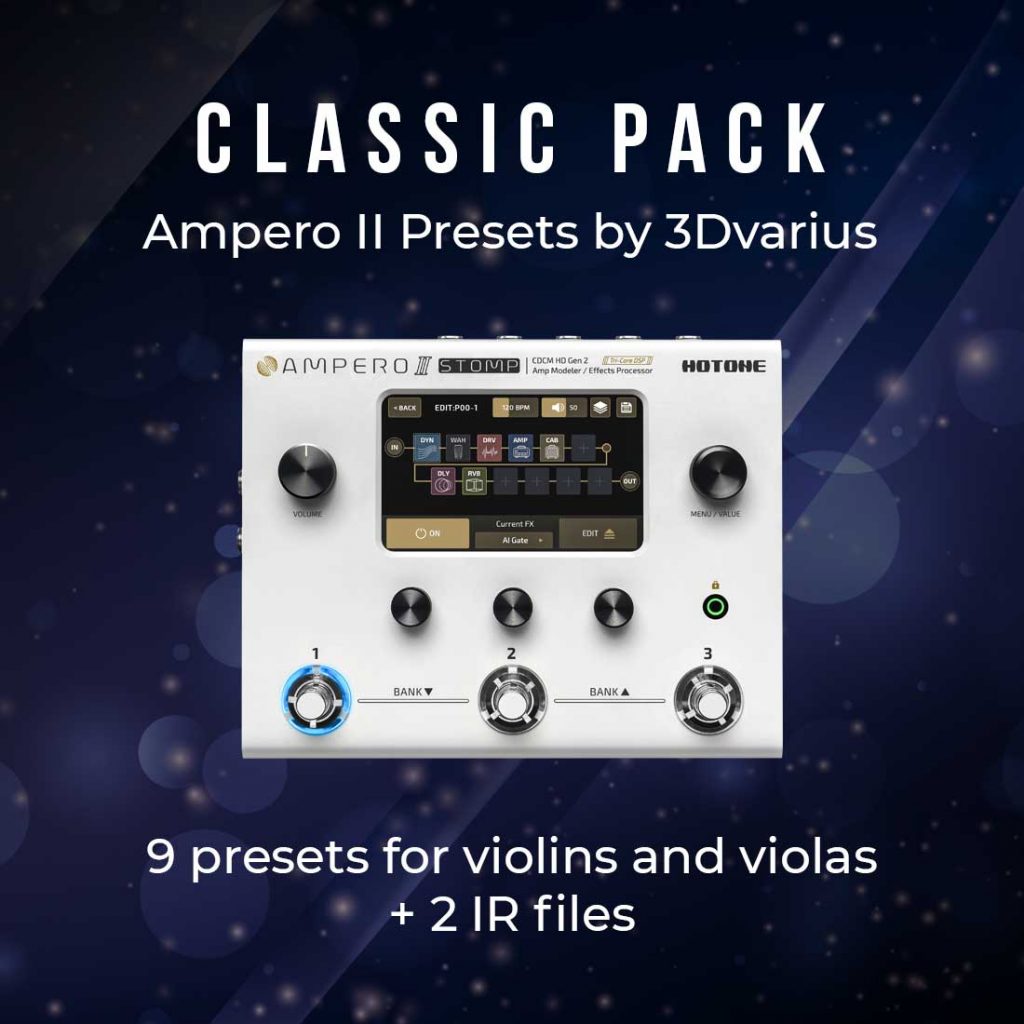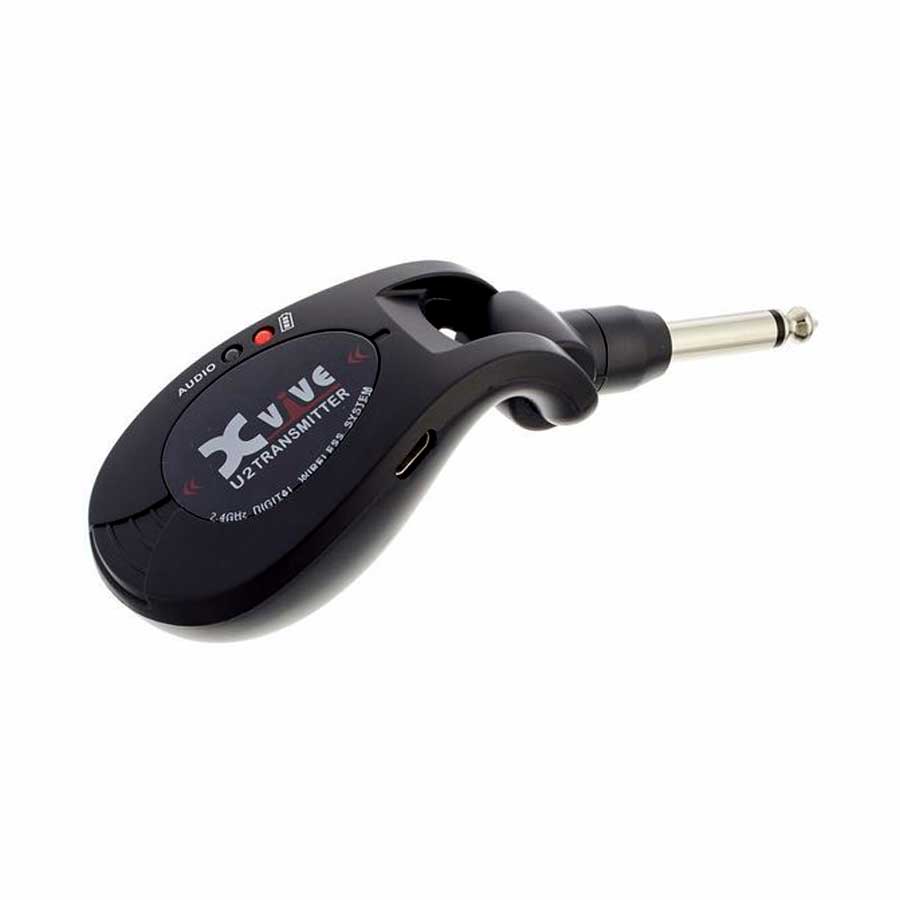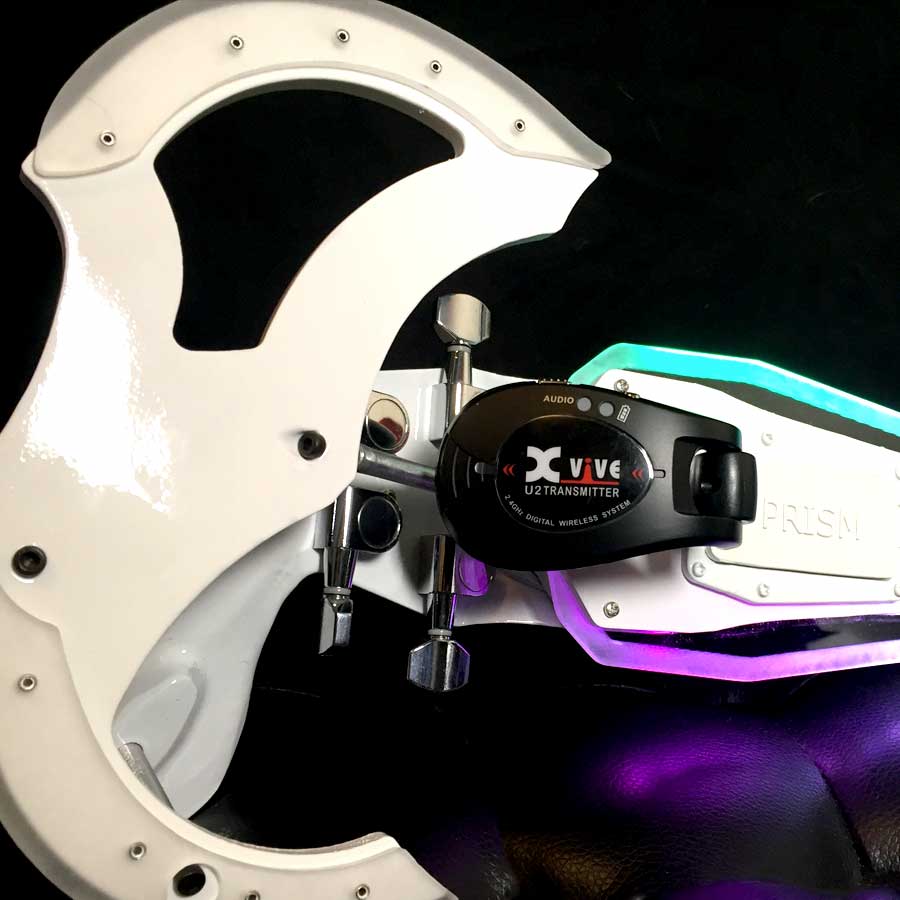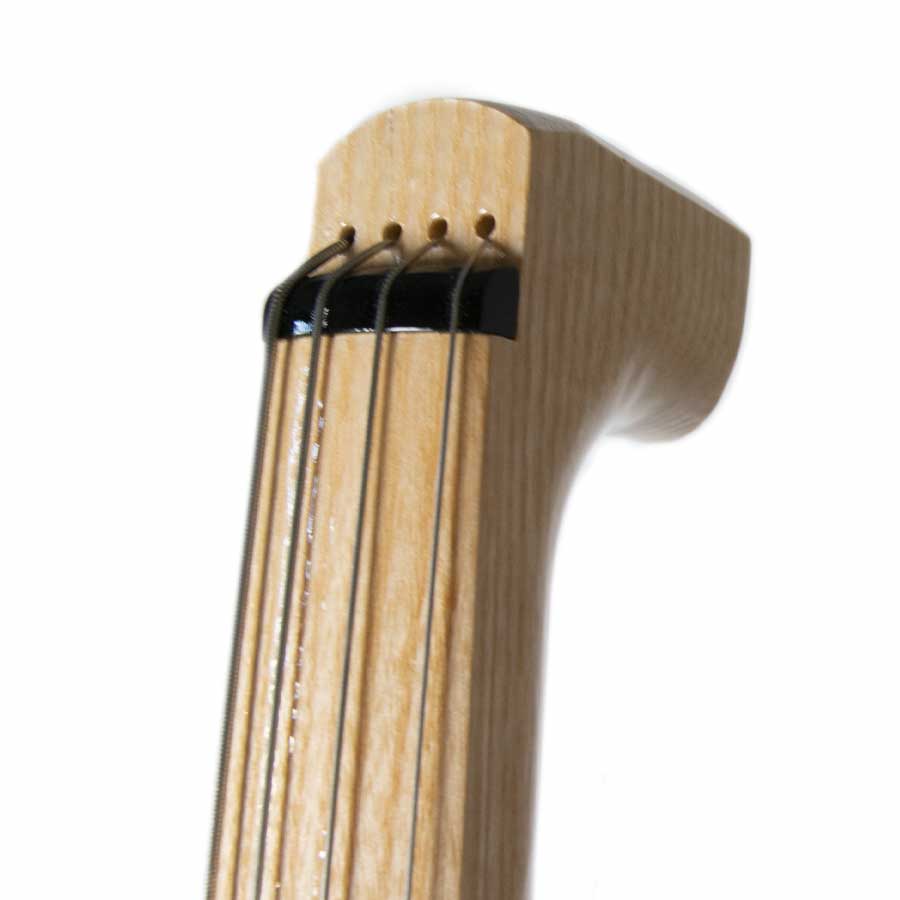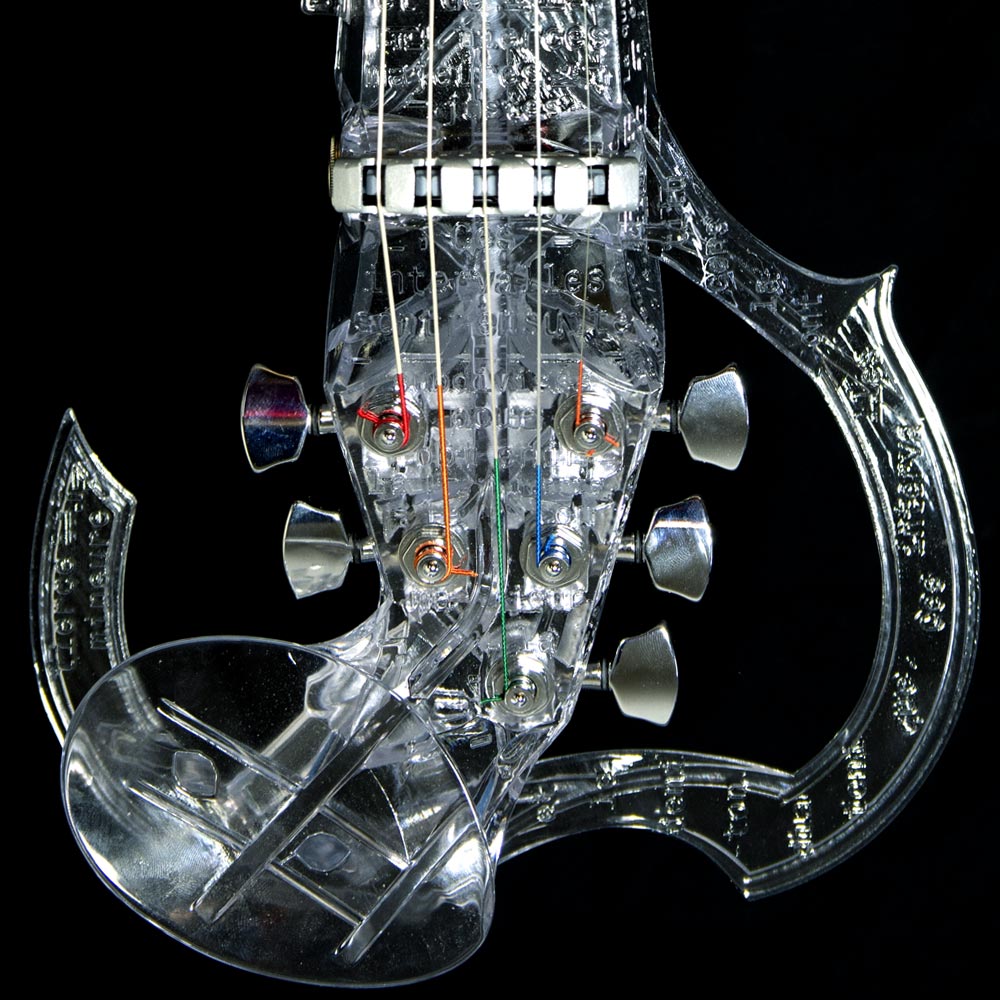Acoustic violins are antique instruments. Some were made centuries ago and are still played by some of the greatest soloists.
Luthiers manufacture musical instruments with a very long life expectancy. Some musicians even play violins made in the 16th century. Violins are made to last as long as they are properly stored and cared for.
We occasionally receive emails requesting the authentication of a violin. These often come from aficionados who have found a dusty old violin in some grandmother’s trunk in an attic. The many articles written by journalists about the overwhelming commercial value of the violins crafted by Antonio Stradivari or Giuseppe Antonio Guarneri can sometimes make your head spin! A lot of people are convinced that they have found a Stradivarius in their attic! Although it is quite rare, it is indeed possible to identify a violin made by one of these famous luthiers. However, such identification must be certified by a professional. Appraising a violin is a real job, no one becomes an expert overnight.
What exactly is the job of a Quartet Instrument Expert?
The value of a violin or a bow can reach staggering amounts. Some instruments are sold at auctions for much more than some paintings made by famous artists. These days, investing in a Stradivarius is a genuine long-term investment. As long as it is not stolen or broken, the violin will not lose value over time. On the contrary, it will be worth much more!
In the field of violin making, you can find all sorts of things. Mass-produced violins and instruments made by luthiers one after the other without any timer or pressures for results. Violins made by modern luthiers are sold for thousands of euros, while a mass-produced violin is sold for about a hundred euros. The value of an antique violin varies greatly depending on the luthier who made it, the period in which it was made, its present condition and its sound. It is exactly the same as in any other field: the craftsmanship, the artisanal value and the age of a given product gives it a higher monetary value.
The task of a quartet instruments expert is to analyse the instrument so as to determine its age and provenance as accurately as possible. This job requires a thorough examination of the body of the instrument, which is done by looking for small clues. An expert’s experience is often crucial for a successful identification! In fact, they are often specialised in a particular period.
Once the expertise is complete, a certificate is issued. It attests to the results obtained and establishes the value of the instrument. Anyone can produce a certificate. However, in the art market, only a few experts are trusted with identifying Stradivarius instruments, for example. Only a certificate issued by one of them gives credibility to the assessed violin. In many cases, several validations from different experts are required.
What do we analyse when we appraise a violin?
Appraising a violin consists of tracing its provenance, judging its condition, and ultimately estimating its commercial value on the market. The value of an instrument is based as much on its acoustic quality as its craft and artistic qualities.
Tracing the provenance of a violin
Tracing the provenance of a violin can be done using clues left on the instrument. The goal is to find the maker and the period in which it was manufactured. We do not talk about the year, since it is very rare to be able to identify a year. We therefore refer to a period (Baroque, Romantic, etc.) as well as a particular school or method (Italian, French, etc.) The older the instrument, the greater its value. Some luthiers achieve unparalleled recognition, which gives their instruments a very high commercial value! Stradivarius and Guarneri instruments can sell for millions of euros at auctions.
Overall Condition of the Instrument
The structure of the instrument is analysed. An expert will examine the exterior as well as the interior condition of the violin.
External analysis
The first external analysis focuses on the quality of the varnish (colour, gaps, etc.), then on the workmanship of the instrument, and finally on its condition. Specialists are able to identify the work of a particular luthier through the analysis of small details.
In fact, this is one of the key steps in the work of a luthier and of an expert: observing and analysing the gestures of luthiers. How did they sculpt the arching of the violin? Why did they choose this particular varnish? We check dimensions such as the length of the body, the string length, the neck length, and even the distance between the nut and the top of the body. There are a lot of details that the untrained eye cannot detect: the composition of a varnish, the type of wood fibres, the layout of such fibres to improve the propagation of the sound waves, etc.
Internal analysis
When inspecting the interior of a violin, experts usually use an endoscope, which they introduce through the f-holes in order to observe the internal structure. The endoscope is a kind of small camera that facilitates the inspection of narrow, hard-to-reach places. It is mainly used in surgery. The expert inspects the condition of the instrument and determines whether it has been restored. Restorations of broken parts can be identified by the presence of additions. All violins undergo some kind of restoration (changing the bridge, re-varnishing, altering the neck, etc.). We also examine whether there are any weaknesses due to the use of the instrument and the passage of time.
With this device, we also check for the presence of any label and the information it contains. Be aware that many of the labels that are glued to the inside of the sound box do not guarantee the provenance of the violin. Many luthiers have made copies of other instruments, sometimes copies of copies, and have gone even to the point of duplicating the labels. An appraisal cannot be based solely on this element.
Recognising a Signature
Each violin is unique in both its sound and its design. Violins and other bowed string instruments are often “signed” by their maker. The term ” signature ” in this case refers to a note left somewhere on the violin or alternatively to a particular manufacturing method. Luthiers tend to repeat the same gestures and practices over and over again, which sometimes facilitates the identification of their musical instruments.
An expert examines instruments on a daily basis. His daily life is his training. He has come across thousands of instruments throughout his life, including those made by great luthiers. He has touched them, heard them, scrutinised them. He knows the working methods of many luthiers. Occasionally, a single detail reveals a clue to him. It may be the way the scrolls are carved, the dimensions associated with a particular period, or even a particular note left in pencil. From then on, a comparison can be made between the instrument under examination and other models already identified. When a big name is suggested, dendrochronology, a scientific method that consists in dating pieces of wood, is called into play. Another possibility is to expose the violin to ultraviolet light in order to analyse its varnish.
It is important to understand that traditional violin making is hardly evolutionary. It is bound by rules and dimensions that have shaped the craft for centuries. Luthiers start from existing measurements to design their new instruments. There is almost no room for improvement, and innovations are rare and sometimes unwelcome. Luthiers often reproduce violin models using the dimensions of old instruments. These are very often Italian models made between the 17th and 18th centuries. Reproduction is not simply a matter of copying dimensions; it is also necessary to visualise and imagine the conditions in which the instrument was made. It cannot be said that luthiers restrict themselves to copying. They always try to improve their workmanship by experimenting with wood sources, for example. Here is a video of the traditional work of Croatian luthier Ivan Hus, taken from a documentary made in 1968.
Sound Quality
Professionals know that music is the product of the interaction of several elements: the violinist who plays the instrument, the bow he or she uses to make the instrument sound, the acoustics of the venue, etc. The interpretation of the sound produced by an instrument is subjective, it depends on each individual. But if you are a violinist, a luthier, or a violin expert, you can tell if a violin has a beautiful sound or if it has nothing out of the ordinary. As with any musical instrument, a violin that sounds bad is worth less than a violin that sounds good.
Violins that are known for their good craftsmanship and sound will sell more easily on the market. This is not to say that any other violin has no value. It is simply that it will be worth less. Some instruments made by great luthiers are sold purely for their technical and visual beauty, not for their sound. In such cases, they end up in the hands of collectors, not musicians.
Musicians who have played the instrument
Into which musician’s hands did the instrument fall? A violin played by Niccolò Paganini is bound to be more valuable. However, you have to be able to prove that he played it! This is a factor that can be considered, but it is also one of the most difficult to verify.
What About Electric Violins?
At the moment, electric violins are very new. They can’ t reach the astronomical prices that classical violin auctions reach. The uniqueness of an instrument may give it a greater value or lead to its disappearance on the market. The value of an electric violin and the fact that it has only recently come into existence should be compared with the value of an acoustic violin and the fact that it has been around for centuries!
Who should I contact to appraise an antique violin?
Certainly, a luthier can give you some initial clues as to the provenance of your violin or any other bowed stringed instrument. However, a luthier is not always an expert in the field. If they have a doubt about your instrument, they will refer you to an expert in string quartet instruments or to a more specialised establishment.
Some organisations and experts offer free expert appraisals once a year. In such cases, a pre-appraisal is carried out. Detailed and high-quality photos of the instrument are requested. If the experts consider that further analysis is necessary, you will be offered the opportunity to take the instrument to be examined by an expert.
Sources and images: France Bleu, Museum of Mirecourt, Vichy Enchères



